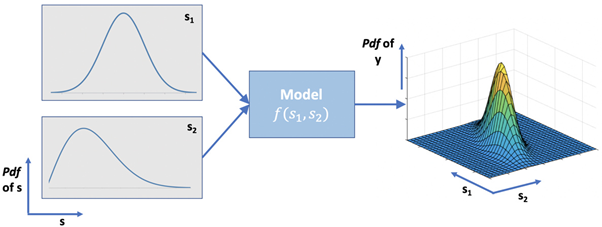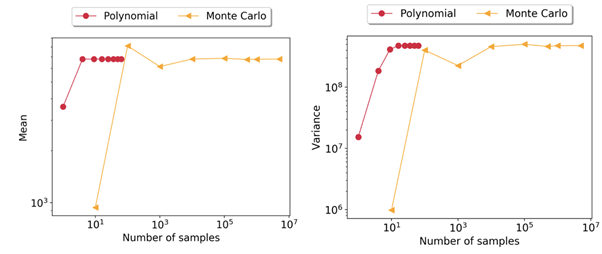Hello everyone, I am Simardeep Singh Sethi an undergraduate pre-final student pursuing B.Tech in Computer Science. I have been selected as a student developer in Google summer of code and will be working on the project “Web application for Uncertainty Quantification”. The project is mentored by @ascillitoe , @psesh and @bubald who played a major role in helping me during the “pre-GSoC” period. First, let me delineate the EQuadratures package and the objective supporting the project.
ABOUT THE ORGANIZATION
Equadratures or Effective-Quadratures is an open-source library that assists in uncertainty quantification, surrogate-based optimization, numerical integration, and data-driven dimension reduction. Physics simulation models such as CFD (Computational Fluid Dynamics) are computationally expensive, EQ reduces the complexity by using effective subsampling, which is derived from Polynomial Chaos Expansion or Weiner Chaos Expansion.
THE PROJECT
Uncertainty Quantification, as mentioned above, is one of the utilities of the EQ package. UQ in laymen term means finding the uncertainty of our QOI (Quantity of interest) based on the uncertainty in our input parameters. It attempts to determine how likely certain outcomes are if some aspects of the system are not exactly known. Figure 1 represents the same. The uncertainty in our output y is dependent on the uncertainties in parameters s1 and s2 when propagated through our model f(s1, s2).

For the non-mathematics folks (like me ![]() ), Equadratures creates Parameters based on the user input or the data provided. Then, using the basis function (tensor-basis, least-squares etc.), a polynomial is defined which helps us to find the coefficients associated with the input data or the polynomial. Using this, the quadrature points are found. This method uses less computational power and time in comparison to the prior methods. @ascillitoe explains this further in the blog
), Equadratures creates Parameters based on the user input or the data provided. Then, using the basis function (tensor-basis, least-squares etc.), a polynomial is defined which helps us to find the coefficients associated with the input data or the polynomial. Using this, the quadrature points are found. This method uses less computational power and time in comparison to the prior methods. @ascillitoe explains this further in the blog

Moving on to the practical implementation of the dashboard or the website. It aims to create a pathway for users to interact with EQ without any prior coding experience. Dash framework would be used for the same. The intent is to provide two different modes of operations. The first one being an analytical mode, with an option to input the N-dimensional function and assess the insights concerning the PDF, basis and the DOE. The second option being an offline mode in which user can upload the data of their simulations. Other than this, subsequent interactive plots are provided to the user to perceive the underlying statistical measures.
For an elaborate explanation of the project, you could refer to the official GSoC proposal.
With the induction of the coding period (7th June 2021), the development of the project begins. Looking forward to working with the community and having a productive and memorable summer.